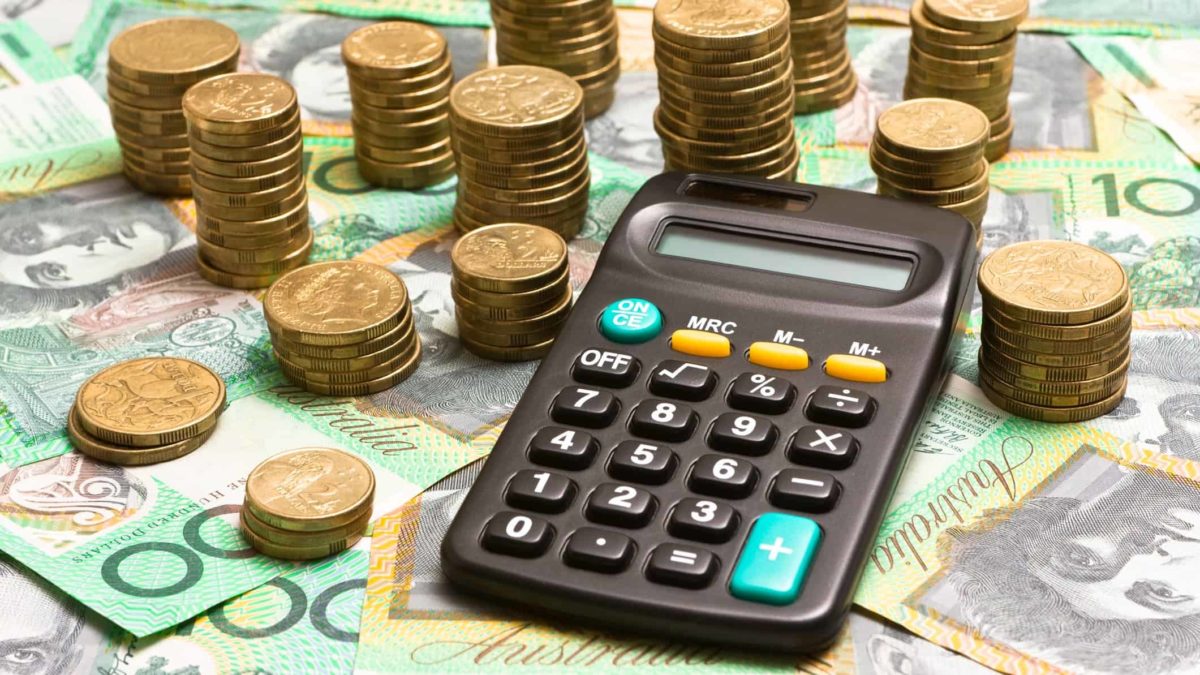BHP Group Ltd (ASX: BHP) is one of the biggest businesses in the world. It has a market capitalisation of $232 billion according to the ASX. But, how big is the dividend yield going to be?
In 2021, BHP was actually the largest dividend payer in the world. But that's now history. What could the 2022 and 2023 dividends look like?
What we already know
A few months ago, BHP declared an interim dividend of US$1.50 per share with its FY22 half-year result. That was a 49% increase in the dividend compared to the prior corresponding period.
The dividend growth came after a significant rise in BHP's profit. It reported that attributable profit rose 144% to US$9.4 billion, with net operating cash flow increasing by 42% to US$13.3 billion.
Continuing operations profit from operations jumped 50% to US$14.8 billion while continuing operations underlying attributable profit increased 57% to US$9.7 billion. The continuing operations underlying earnings per share (EPS) went up 57% to US$1.92. This means that BHP paid out 78% of its continuing operations underlying EPS.
BHP said that its record interim dividend was supported by its "reliable operating performance and continued strong markets" for a number of its resources.
How big could the dividend be in 2022 and 2023?
Ultimately, it's up to the board of BHP to decide on dividend payments. The strength of commodity prices, profit, cash flow and the balance sheet can be influencers on the size of the dividend.
In Australian dollar terms, Commsec numbers suggest a dividend of $4.53 per share could be paid in FY22. That translates into a potential grossed-up dividend yield of 14.2%.
Then, in FY23 the forecast on Commsec shows a potential annual dividend of $3.23 per share. That would represent a grossed-up dividend yield of 10.2%.
But Commsec isn't the only place with dividend estimates for BHP.
The broker Citi thinks that BHP could pay a grossed-up dividend yield of 15.1% in FY22. In FY23, the Citi estimate for the BHP dividend translates into a grossed-up dividend yield of 14.6%.
There's another broker with an even larger forecast. Credit Suisse thinks that BHP could pay a grossed-up dividend yield of 16.2% in FY22 and 15.5% in FY23.
Is the BHP share price a buy?
The brokers at Macquarie think so, with a buy rating and a price target of $60. That implies a possible rise of around 30%.
Macquarie thinks that the BHP share price will benefit after it divests its petroleum assets to Woodside Petroleum Limited (ASX: WPL). It's thought that investors that can't invest in BHP because of environmental, social, and corporate governance (ESG) reasons will then be able to invest in the business.
The broker thinks that BHP has a positive future with exposure to commodities like nickel, copper and potash in a lower emissions world.
However, Credit Suisse is neutral on the business with a price target of $50.
Citi rates BHP as a buy, with a price target of $56.









